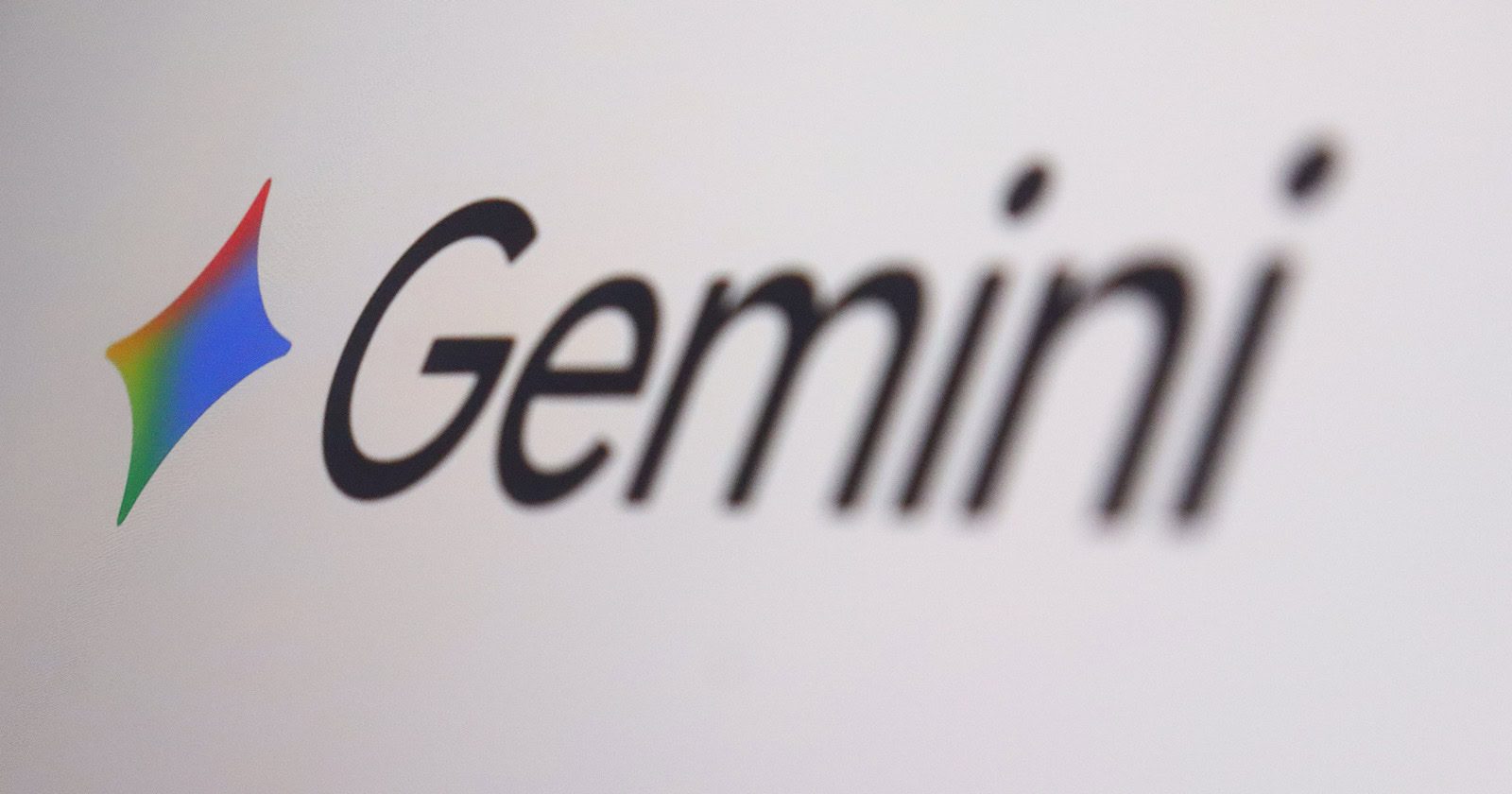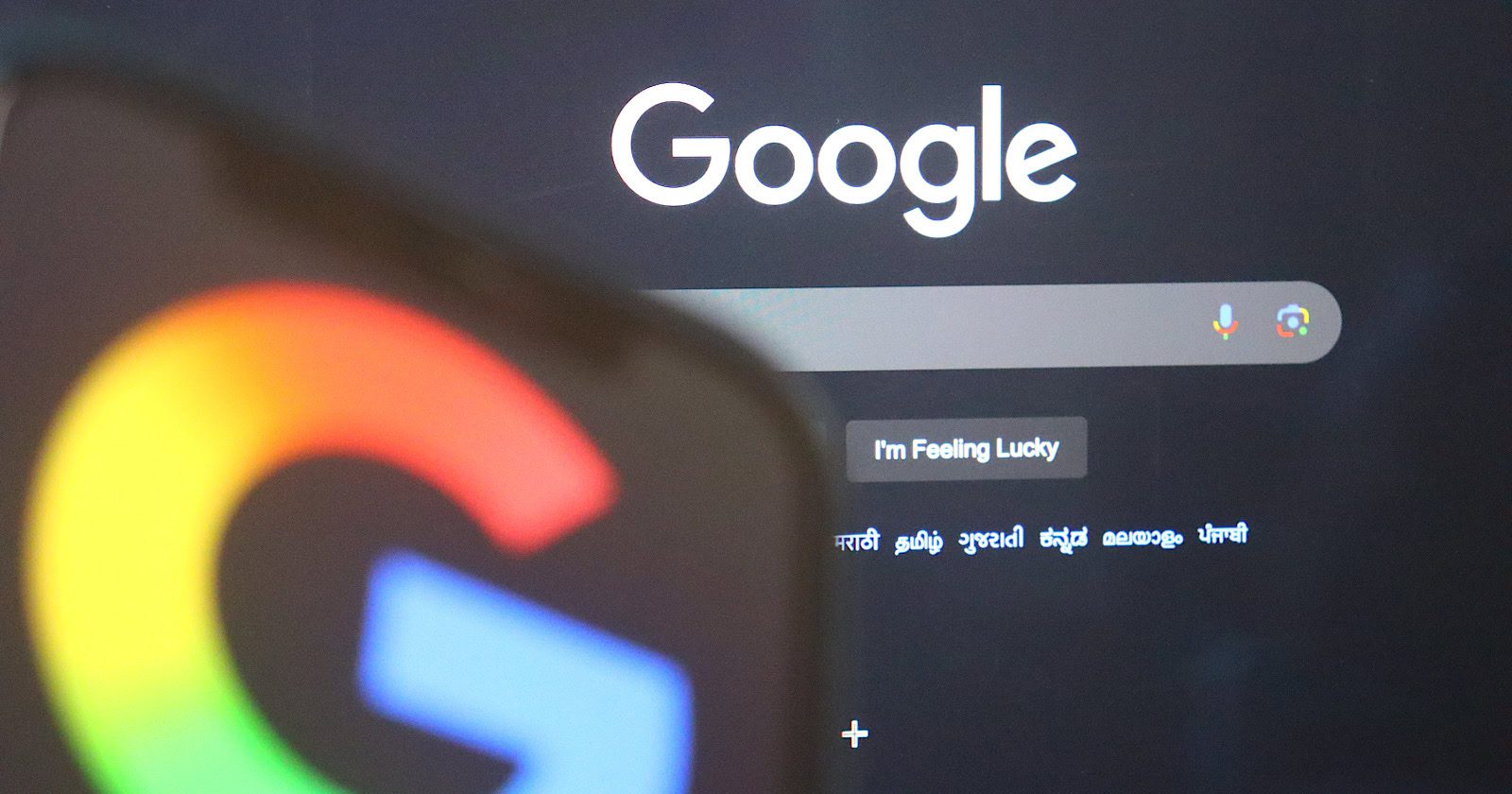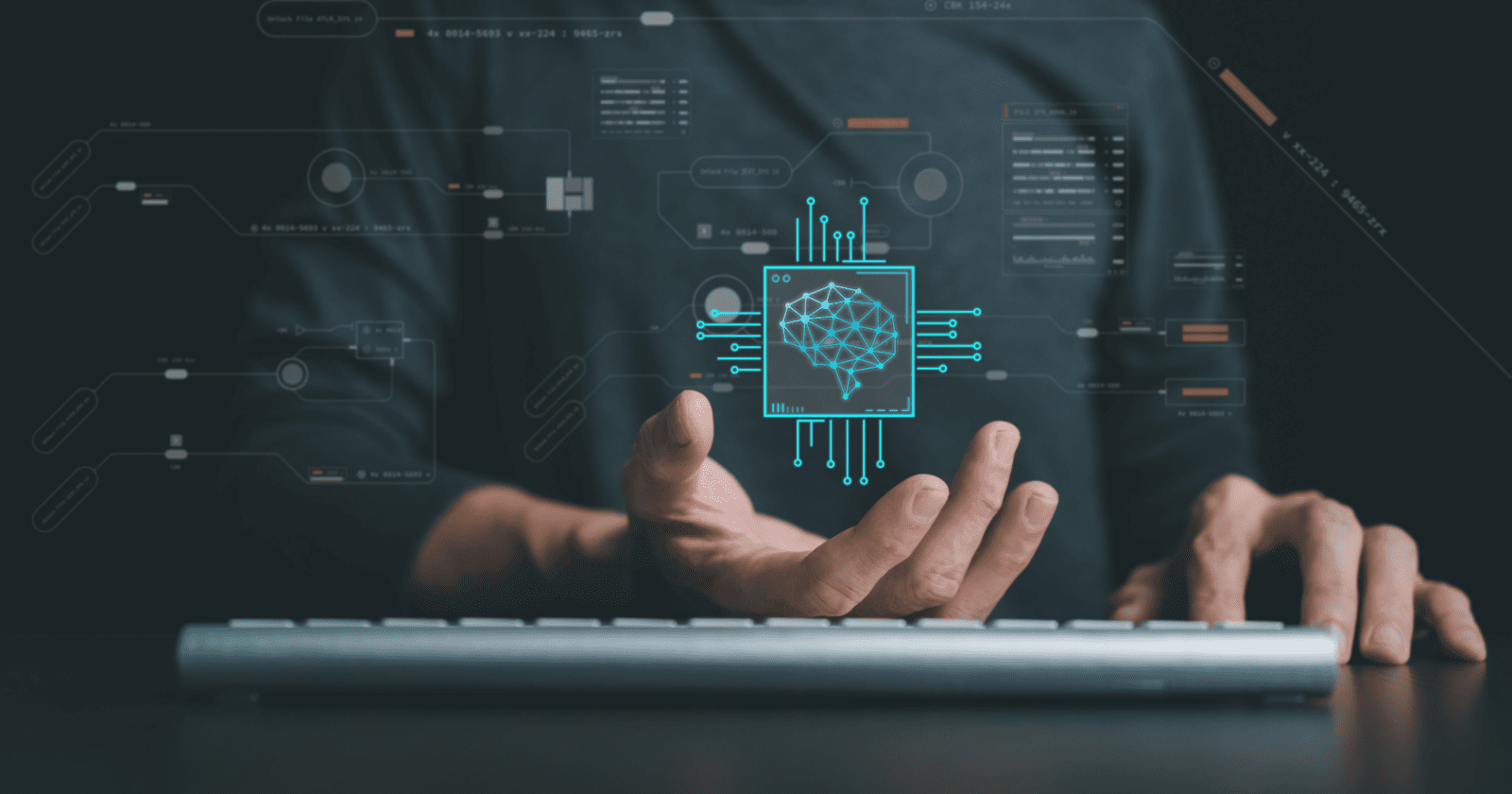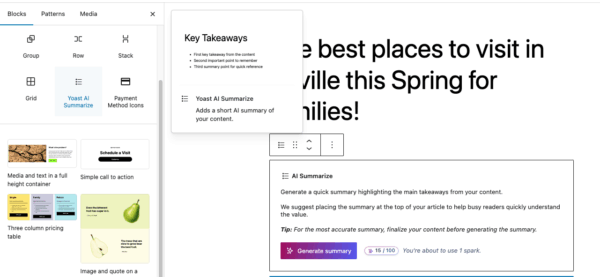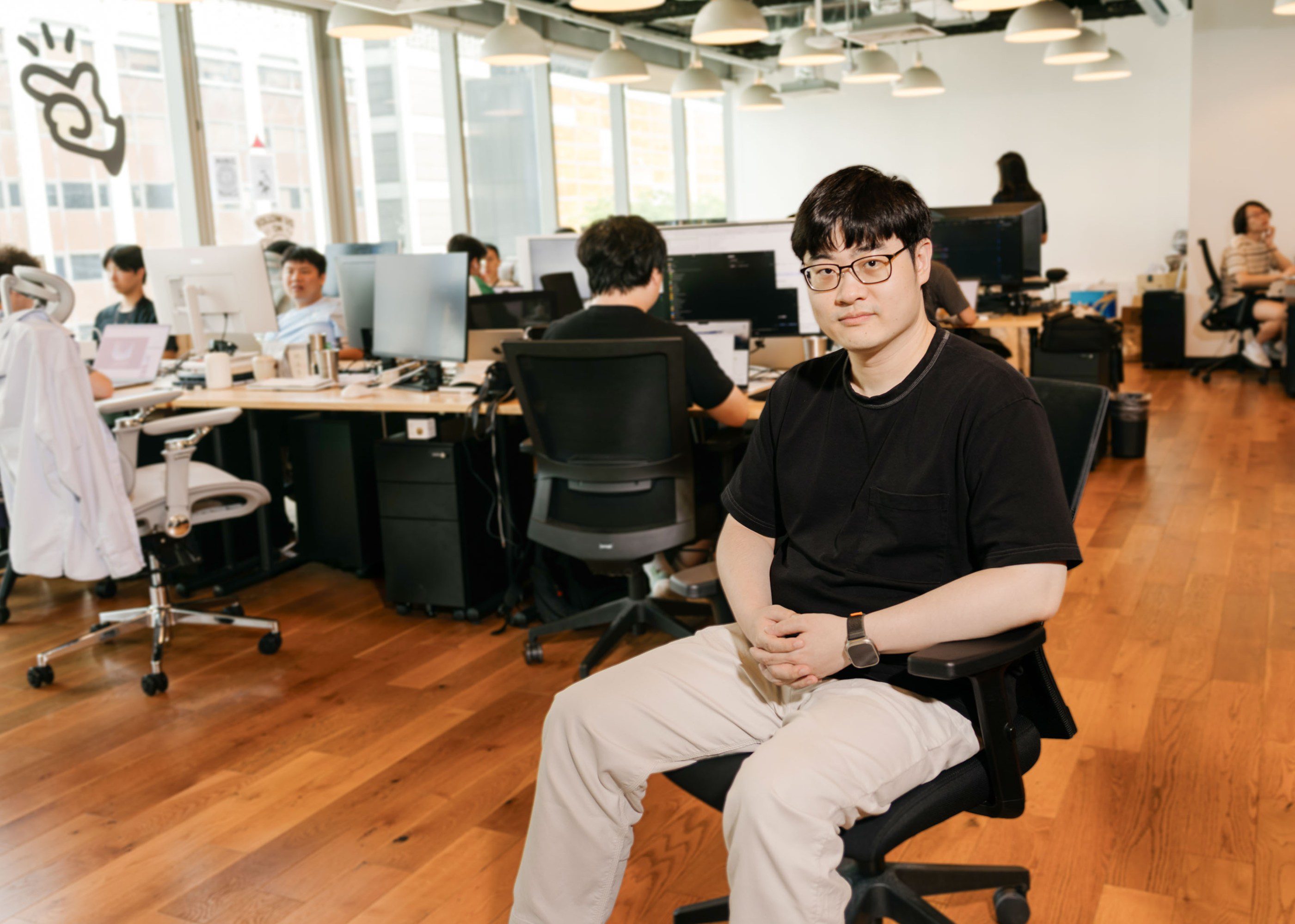This story is part of MIT Technology Review’s “America Undone” series, examining how the foundations of US success in science and innovation are currently under threat. You can read the rest here.
Every year MIT Technology Review celebrates accomplished young scientists, entrepreneurs, and inventors from around the world in our Innovators Under 35 list. We’ve just published the 2025 edition. This year, though, the context is pointedly different: The US scientific community finds itself in an unprecedented position, with the very foundation of its work under attack.
Since Donald Trump took office in January, his administration has fired top government scientists, targeted universities individually and academia more broadly, and made substantial funding cuts to the country’s science and technology infrastructure. It has also upended longstanding rights and norms related to free speech, civil rights, and immigration—all of which further affects the overall environment for research and innovation in science and technology.
We wanted to understand how these changes are affecting the careers and work of our most recent classes of innovators. The US government is the largest source of research funding at US colleges and universities, and many of our honorees are new professors and current or recent graduate or PhD students, while others work with government-funded entities in other ways. Meanwhile, about 16% of those in US graduate programs are international students.
We sent surveys to the six most recent cohorts, which include 210 people. We asked people about both positive and negative impacts of the administration’s new policies and invited them to tell us more in an optional interview. Thirty-seven completed our survey, and we spoke with 14 of them in follow-up calls. Most respondents are academic researchers (about two-thirds) and are based in the US (81%); 11 work in the private sector (six of whom are entrepreneurs). Their responses provide a glimpse into the complexities of building their labs, companies, and careers in today’s political climate.
Twenty-six people told us that their work has been affected by the Trump administration’s changes; only one of them described those effects as “mostly positive.” The other 25 reported primarily negative effects. While a few agreed to be named in this story, most asked to be identified only by their job titles and general areas of work, or wished to remain anonymous, for fear of retaliation. “I would not want to flag the ire of the US government,” one interviewee told us.
Across interviews and surveys, certain themes appeared repeatedly: the loss of jobs, funding, or opportunities; restrictions on speech and research topics; and limits on who can carry out that research. These shifts have left many respondents deeply concerned about the “long-term implications in IP generation, new scientists, and spinout companies in the US,” as one respondent put it.
One of the things we heard most consistently is that the uncertainty of the current moment is pushing people to take a more risk-averse approach to their scientific work—either by selecting projects that require fewer resources or that seem more in line with the administration’s priorities, or by erring on the side of hiring fewer people. “We’re not thinking so much about building and enabling … we’re thinking about surviving,” said one respondent.
Ultimately, many are worried that all the lost opportunities will result in less innovation overall—and caution that it will take time to grasp the full impact.
“We’re not going to feel it right now, but in like two to three years from now, you will feel it,” said one entrepreneur with a PhD who started his company directly from his area of study. “There are just going to be fewer people that should have been inventing things.”
The money: “Folks are definitely feeling the pressure”
The most immediate impact has been financial. Already, the Trump administration has pulled back support for many areas of science—ending more than a thousand awards by the National Institutes of Health and over 100 grants for climate-related projects by the National Science Foundation. The rate of new awards granted by both agencies has slowed, and the NSF has cut the number of graduate fellowships it’s funding by half for this school year.
The administration has also cut or threatened to cut funding from a growing number of universities, including Harvard, Columbia, Brown, and UCLA, for supposedly not doing enough to combat antisemitism.
As a result, our honorees said that finding funding to support their work has gotten much harder—and it was already a big challenge before.
A biochemist at a public university told us she’d lost a major NIH grant. Since it was terminated earlier this year, she’s been spending less time in the lab and more on fundraising.
Others described uncertainty about the status of grants from a wide range of agencies, including NSF, the Advanced Research Projects Agency for Health, the Department of Energy, and the Centers for Disease Control and Prevention, which collectively could pay out more than $44 million to the researchers we’ve recognized. Several had waited months for news on an application’s status or updates on when funds they had already won would be disbursed. One AI researcher who studies climate-related issues is concerned that her multiyear grant may not be renewed, even though renewal would have been “fairly standard” in the past.
Two individuals lamented the cancellation of 24 awards in May by the DOE’s Office of Clean Energy Demonstrations, including grants for carbon capture projects and a clean cement plant. One said the decision had “severely disrupted the funding environment for climate-tech startups” by creating “widespread uncertainty,” “undermining investor confidence,” and “complicating strategic planning.”
Climate research and technologies have been a favorite target of the Trump administration: The recently passed tax and spending bill put stricter timelines in place that make it harder for wind and solar installations to qualify for tax credits via the Inflation Reduction Act. Already, at least 35 major commercial climate-tech projects have been canceled or downsized this year.
In response to a detailed list of questions, a DOE spokesperson said, “Secretary [Chris] Wright and President Trump have made it clear that unleashing American scientific innovation is a top priority.” They pointed to “robust investments in science” in the president’s proposed budget and the spending bill and cited special areas of focus “to maintain America’s global competitiveness,” including nuclear fusion, high-performance computing, quantum computing, and AI.
Other respondents cited tighter budgets brought on by a change in how the government calculates indirect costs, which are funds included in research grants to cover equipment, institutional overhead, and in some cases graduate students’ salaries. In February, the NIH instituted a 15% cap on indirect costs—which ran closer to 28% of the research funds the NIH awarded in 2023. The DOE, DOD, and NSF all soon proposed similar caps. This collective action has sparked lawsuits, and indirect costs remain in limbo. (MIT, which owns MIT Technology Review, is involved in several of these lawsuits; MIT Technology Review is editorially independent from the university.)
Looking ahead, an academic at a public university in Texas, where the money granted for indirect costs funds student salaries, said he plans to hire fewer students for his own lab. “It’s very sad that I cannot promise [positions] at this point because of this,” he told us, adding that the cap could also affect the competitiveness of public universities in Texas, since schools elsewhere may fund their student researchers differently.
At the same time, two people with funding through the Defense Department—which could see a surge of investment under the president’s proposed budget—said their projects were moving forward as planned. A biomedical engineer at a public university in the Midwest expressed excitement about what he perceives as a fresh surge of federal interest in industrial and defense applications of synthetic biology. Still, he acknowledged colleagues working on different projects don’t feel as optimistic: “Folks are definitely feeling the pressure.”
Many who are affected by cuts or delays are now looking for new funding sources in a bid to become less reliant on the federal government. Eleven people said they are pursuing or plan to pursue philanthropic and foundation funding or to seek out industry support. However, the amount of private funding available can’t begin to make up the difference in federal funds lost, and investors often focus more on low-risk, short-term applications than on open scientific questions.
The NIH responded to a detailed list of questions with a statement pointing to unspecified investments in early-career researchers. “Recent updates to our priorities and processes are designed to broaden scientific opportunity rather than restrict it, ensuring that taxpayer-funded research is rigorous, reproducible, and relevant to all Americans,” it reads. The NSF declined a request for comment from MIT Technology Review.
Further complicating this financial picture are tariffs—some of which are already in effect, and many more of which have been threatened. Nine people who responded to our survey said their work is already being affected by these taxes imposed on goods imported into the US. For some scientists, this has meant higher operating costs for their labs: An AI researcher said tariffs are making computational equipment more expensive, while the Texas academic said the cost of buying microscopes from a German firm had gone up by thousands of dollars since he first budgeted for them. (Neither the White House press office nor the White House Office of Science and Technology Policy responded to requests for comment.)
One cleantech entrepreneur saw a positive impact on his business as more US companies reevaluated their supply chains and sought to incorporate more domestic suppliers. The entrepreneur’s firm, which is based in the US, has seen more interest for its services from potential customers seeking “tariff-proof vendors.”
“Everybody is proactive on tariffs and we’re one of these solutions—we’re made in America,” he said.
Another person, who works for a European firm, is factoring potential tariffs into decisions about where to open new production facilities. Though the Trump administration has said the taxes are meant to reinvigorate US manufacturing, she’s now less inclined to build out a significant presence in the US because, she said, tariffs may drive up the costs of importing raw materials that are required to make the company’s product.
What’s more, financial backers have encouraged her company to stay rooted abroad because of the potential impact of tariffs for US-based facilities: “People who invest worldwide—they are saying it’s reassuring for them right now to consider investing in Europe,” she said.
The climate of fear: “It will impact the entire university if there is retaliation”
Innovators working in both academia and the private sector described new concerns about speech and the politicization of science. Many have changed how they describe their work in order to better align with the administration’s priorities—fearing funding cuts, job terminations, immigration action, and other potential retaliation.
This is particularly true for those who work at universities. The Trump administration has reached deals with some institutions, including Columbia and Brown, that would restore part of the funding it slashed—but only after the universities agreed to pay hefty fines and abide by terms that, critics say, hand over an unprecedented level of oversight to administration officials.
Some respondents had received guidance on what they could or couldn’t say from program managers at their funding agencies or their universities or investors; others had not received any official guidance but made personal decisions on what to say and share publicly based on recent news of grant cancellations.
Both on and off campus, there is substantial pressure on diversity, equity, and inclusion (DEI) initiatives, which have been hit particularly hard as the administration seeks to eliminate what it called “illegal and immoral discrimination programs” in one of the first executive orders of President Trump’s second term.
One respondent, whose work focuses on fighting child sexual abuse materials, recalled rewriting a grant abstract “3x to remove words banned” by Senator Ted Cruz of Texas, an administration ally; back in February, Cruz identified 3,400 NSF grants as “woke DEI” research advancing “neo-Marxist class warfare propaganda.” (His list includes grants to research self-driving cars and solar eclipses. His office did not respond to a request for comment.)
Many other researchers we spoke with are also taking steps to avoid being put in the DEI bucket. A technologist at a Big Tech firm whose work used to include efforts to provide more opportunities for marginalized communities to get into computing has stopped talking about those recruiting efforts. One biologist described hearing that grant applications for the NIH now have to avoid words like “cell type diversity” for “DEI reasons”—no matter that “cell type diversity” is, she said, a common and “neutral” scientific term in microbiology. (In its statement, the NIH said: “To be clear, no scientific terms are banned, and commonly used terms like ‘cell type diversity’ are fully acceptable in applications and research proposals.”)
Plenty of other research has also gotten caught up in the storm.
One person who works in climate technology said that she now talks about “critical minerals,” “sovereignty,” and “energy independence” or “dominance” rather than “climate” or “industrial decarbonization.” (Trump’s Energy Department has boosted investment in critical minerals, pledging nearly $1 billion to support related projects.) Another individual working in AI said she has been instructed to talk less about “regulation,” “safety,” or “ethics” as they relate to her work. One survey respondent described the language shift as “definitely more red-themed.”
Some said that shifts in language won’t change the substance of their work, but others feared they will indeed affect the research itself.
Emma Pierson, an assistant professor of computer science at the University of California, Berkeley, worried that AI companies may kowtow to the administration, which could in turn “influence model development.” While she noted that this fear is speculative, the Trump administration’s AI Action Plan contains language that directs the federal government to purchase large language models that generate “truthful responses” (by the administration’s definition), with a goal of “preventing woke AI in the federal government.”
And one biomedical researcher fears that the administration’s effective ban on DEI will force an end to outreach “favoring any one community” and hurt efforts to improve the representation of women and people of color in clinical trials. The NIH and the Food and Drug Administration had been working for years to address the historic underrepresentation of these groups through approaches including specific funding opportunities to address health disparities; many of these efforts have recently been cut.
Respondents from both academia and the private sector told us they’re aware of the high stakes of speaking out.
“As an academic, we have to be very careful about how we voice our personal opinion because it will impact the entire university if there is retaliation,” one engineering professor told us.
“I don’t want to be a target,” said one cleantech entrepreneur, who worries not only about reprisals from the current administration but also about potential blowback from Democrats if he cooperates with it.
“I’m not a Trumper!” he said. “I’m just trying not to get fined by the EPA.”
The people: “The adversarial attitude against immigrants … is posing a brain drain”
Immigrants are crucial to American science, but what one respondent called a broad “persecution of immigrants,” and an increasing climate of racism and xenophobia, are matters of growing concern.
Some people we spoke with feel vulnerable, particularly those who are immigrants themselves. The Trump administration has revoked 6,000 international student visas (causing federal judges to intervene in some cases) and threatened to “aggressively” revoke the visas of Chinese students in particular. In recent months, the Justice Department has prioritized efforts to denaturalize certain citizens, while similar efforts to revoke green cards granted decades ago were shut down by court order. One entrepreneur who holds a green card told us, “I find myself definitely being more cognizant of what I’m saying in public and certainly try to stay away from anything political as a result of what’s going on, not just in science but in the rest of the administration’s policies.”
On top of all this, federal immigration raids and other enforcement actions—authorities have turned away foreign academics upon arrival to the US and detained others with valid academic visas, sometimes because of their support for Palestine—have created a broad climate of fear.
Four respondents said they were worried about their own immigration status, while 16 expressed concerns about their ability to attract or retain talent, including international students. More than a million international students studied in the US last year, with nearly half of those enrolling in graduate programs, according to the Institute of International Education.
“The adversarial attitude against immigrants, especially those from politically sensitive countries, is posing a brain drain,” an AI researcher at a large public university on the West Coast told us.
This attack on immigration in the US can be compounded by state-level restrictions. Texas and Florida both restrict international collaborations with and recruitment of scientists from countries including China, even though researchers told us that international collaborations could help mitigate the impacts of decreased domestic funding. “I cannot collaborate at this point because there’s too many restrictions and Texas also can limit us from visiting some countries,” the Texas academic said. “We cannot share results. We cannot visit other institutions … and we cannot give talks.”
All this is leading to more interest in positions outside the United States. One entrepreneur, whose business is multinational, said that their company has received a much higher share of applications from US-based candidates to openings in Europe than it did a year ago, despite the lower salaries offered there.
“It is becoming easier to hire good people in the UK,” confirmed Karen Sarkisyan, a synthetic biologist based in London.
At least one US-based respondent, an academic in climate technology, accepted a tenured position in the United Kingdom. Another said that she was looking for positions in other countries, despite her current job security and “very good” salary. “I can tell more layoffs are coming, and the work I do is massively devalued. I can’t stand to be in a country that treats their scientists and researchers and educated people like this,” she told us.
Some professors reported in our survey and interviews that their current students are less interested in pursuing academic careers because graduate and PhD students are losing offers and opportunities as a result of grant cancellations. So even as the number of international students dwindles, there may also be “shortages in domestic grad students,” one mechanical engineer at a public university said, and “research will fall behind.”
Have more information on this story or a tip for something else that we should report? Using a non-work device, reach the reporter on Signal at eileenguo.15 or tips@technologyreview.com.
In the end, this will affect not just academic research but also private-sector innovation. One biomedical entrepreneur told us that academic collaborators frequently help his company generate lots of ideas: “We hope that some of them will pan out and become very compelling areas for us to invest in.” Particularly for small startups without large research budgets, having fewer academics to work with will mean that “we just invest less, we just have fewer options to innovate,” he said. “The level of risk that industry is willing to take is generally lower than academia, and you can’t really bridge that gap.”
Despite it all, a number of researchers and entrepreneurs who generally expressed frustration about the current political climate said they still consider the US the best place to do science.
Pierson, the AI researcher at Berkeley, described staying committed to her research into social inequities despite the political backlash: “I’m an optimist. I do believe this will pass, and these problems are not going to pass unless we work on them.”
And a biotech entrepreneur pointed out that US-based scientists can still command more resources than those in most other countries. “I think the US still has so much going for it. Like, there isn’t a comparable place to be if you’re trying to be on the forefront of innovation—trying to build a company or find opportunities,” he said.
Several academics and founders who came to the US to pursue scientific careers spoke about still being drawn to America’s spirit of invention and the chance to advance on their own merits. “For me, I’ve always been like, the American dream is something real,” said one. They said they’re holding fast to those ideals—for now.
